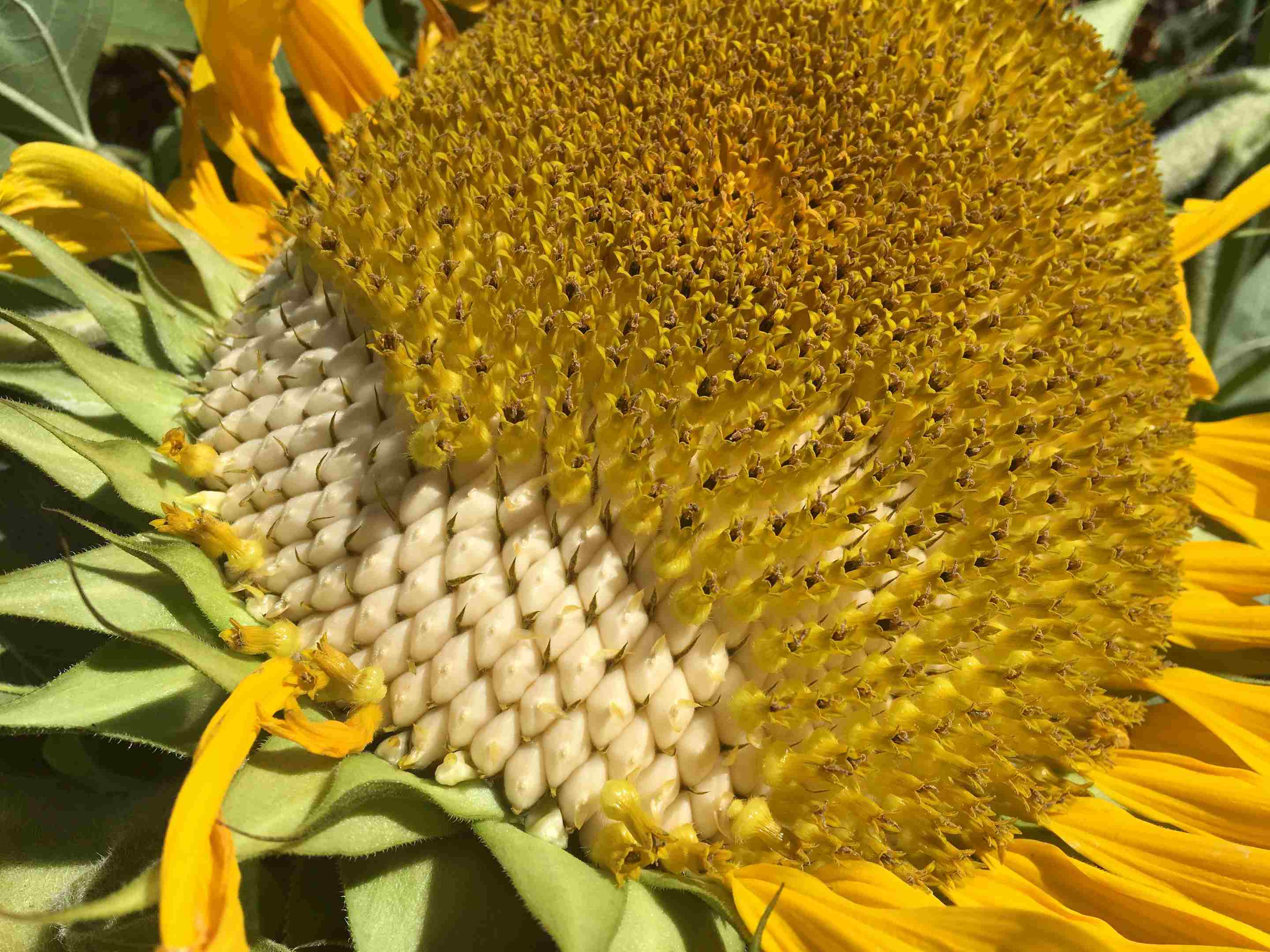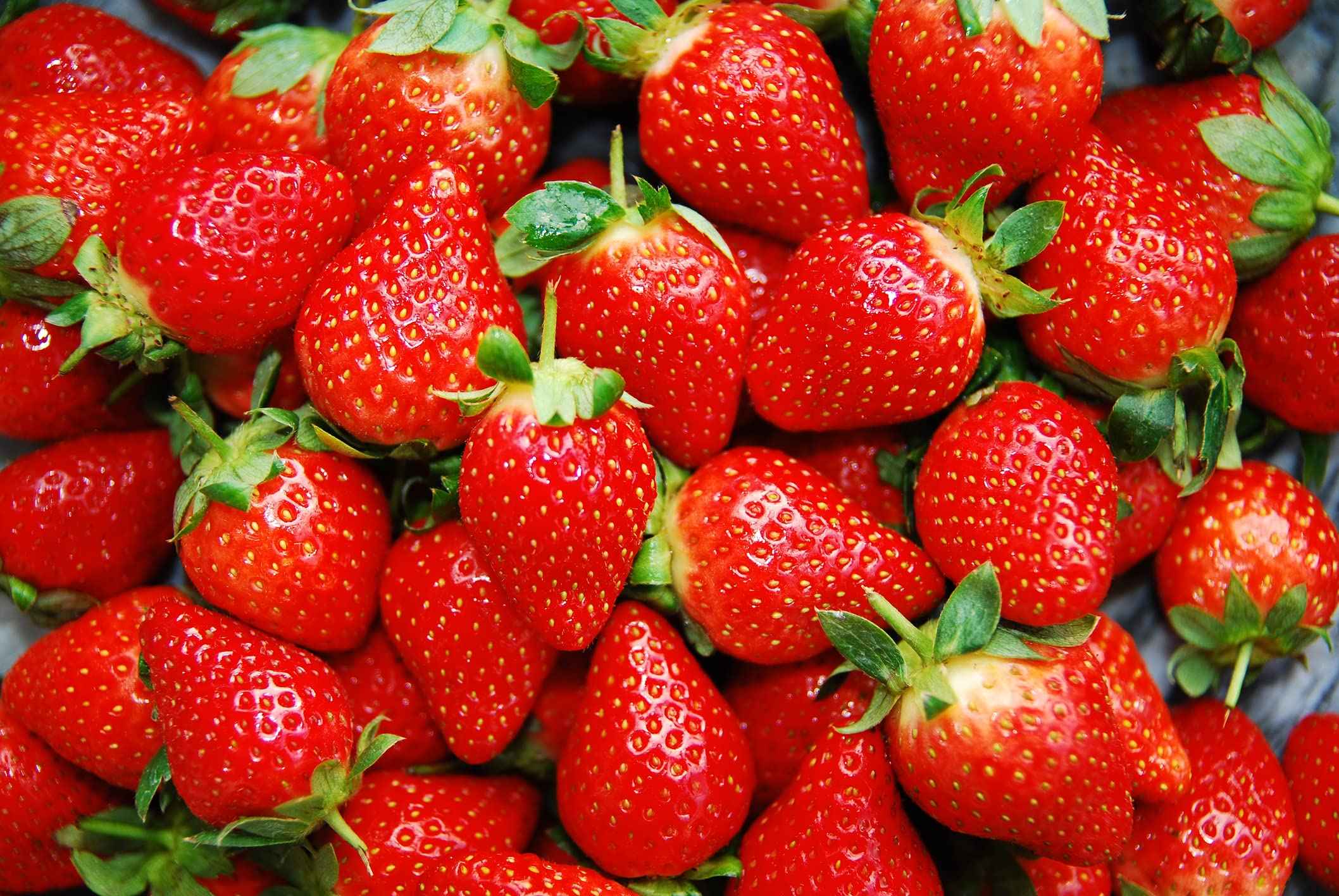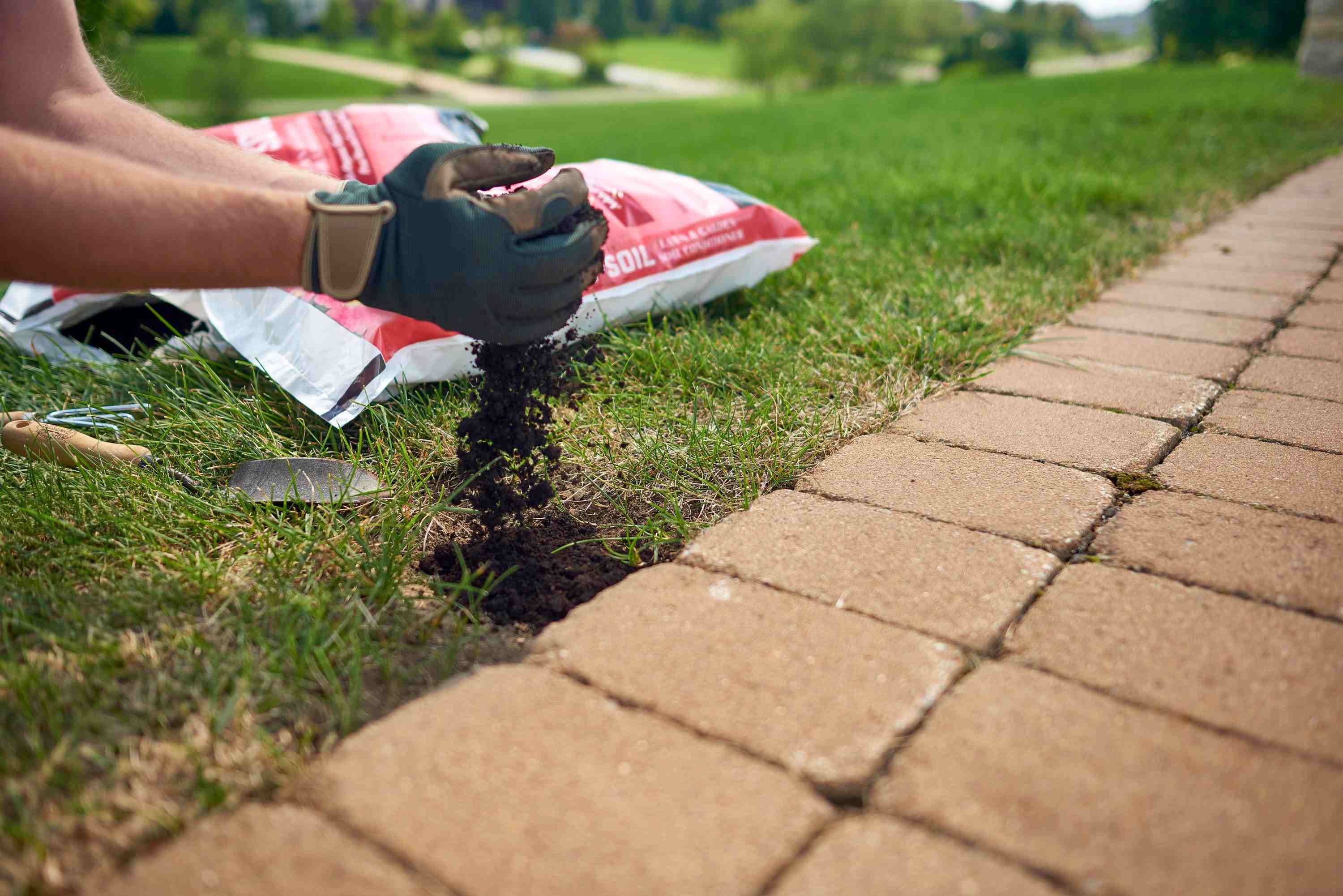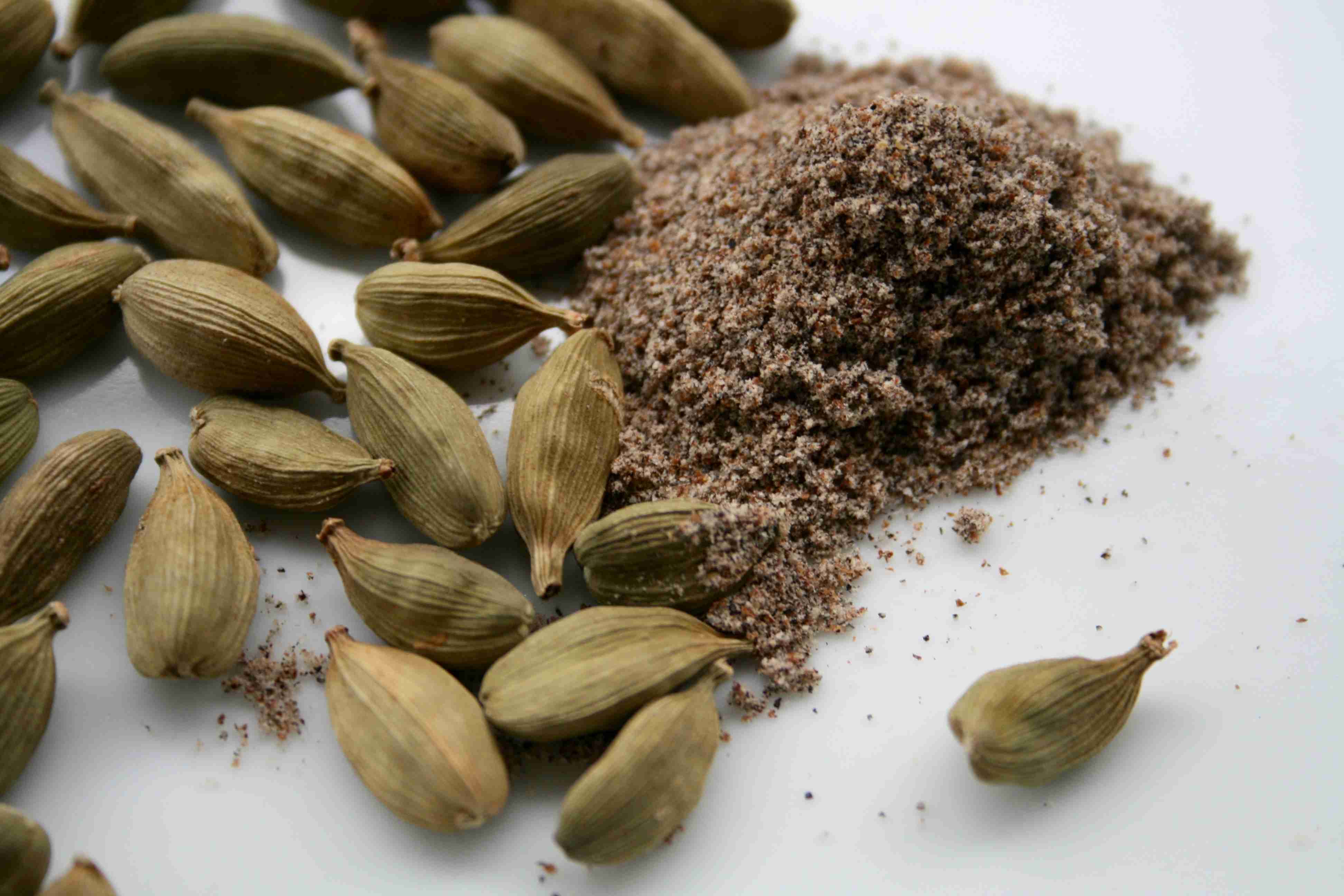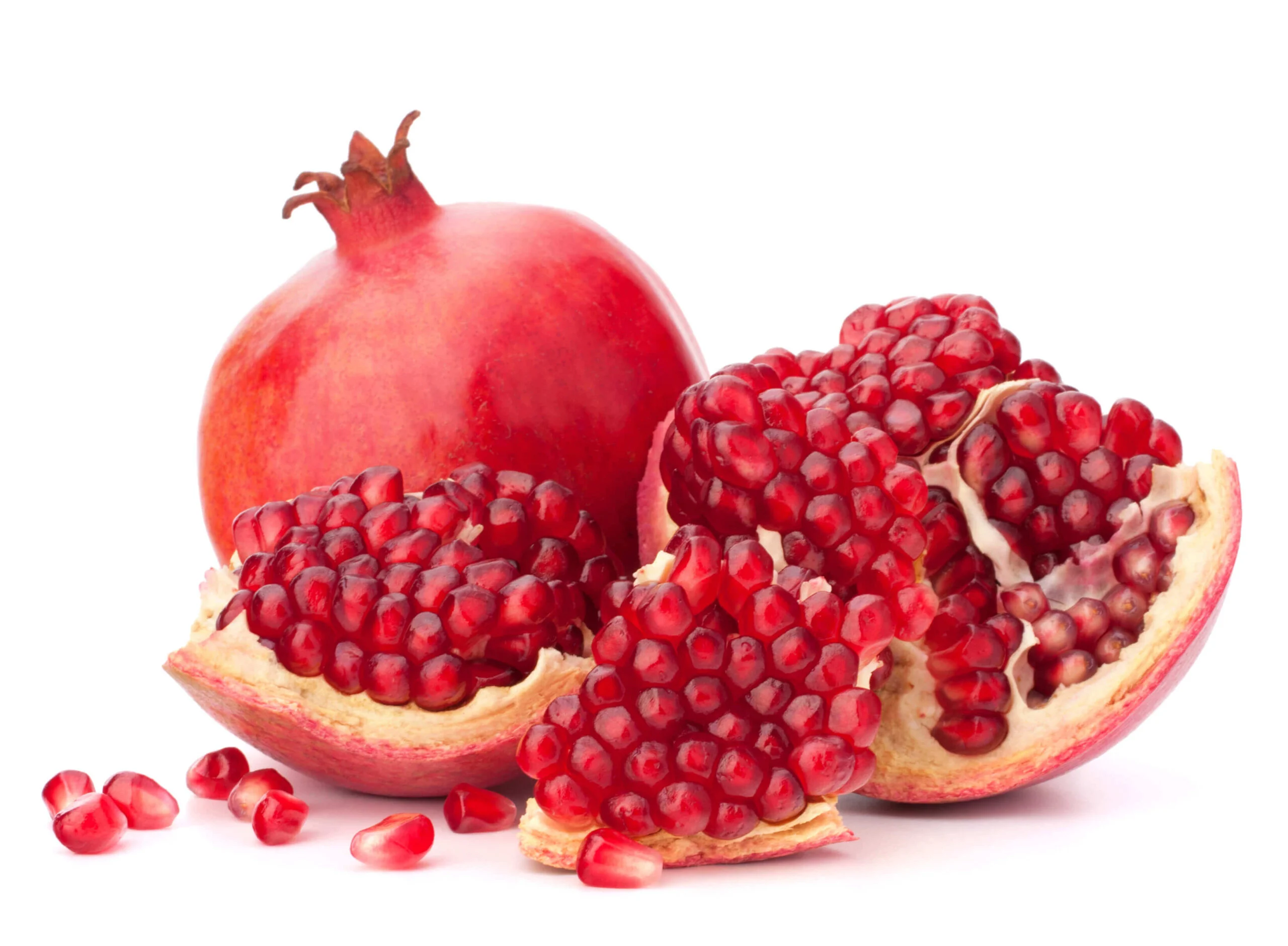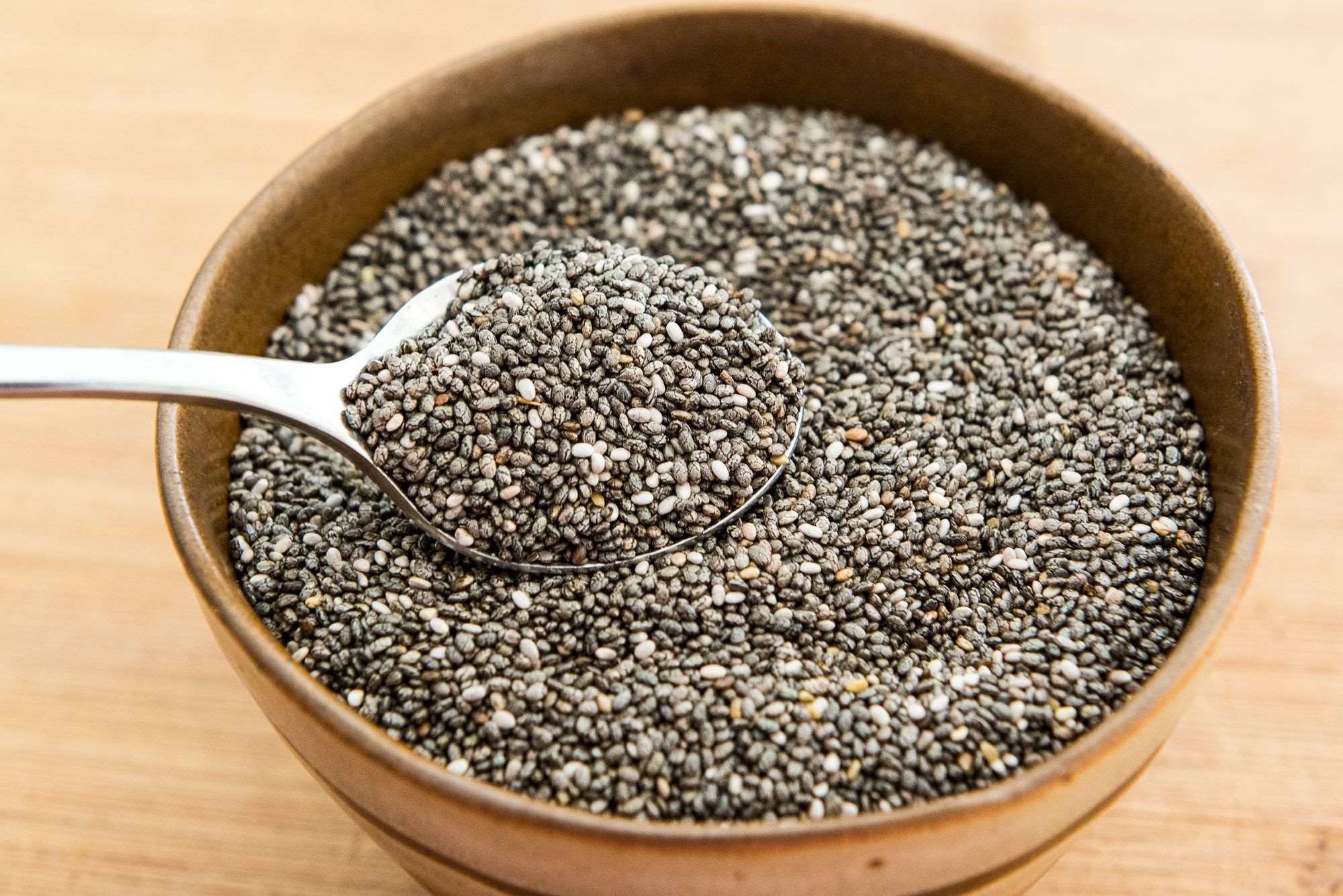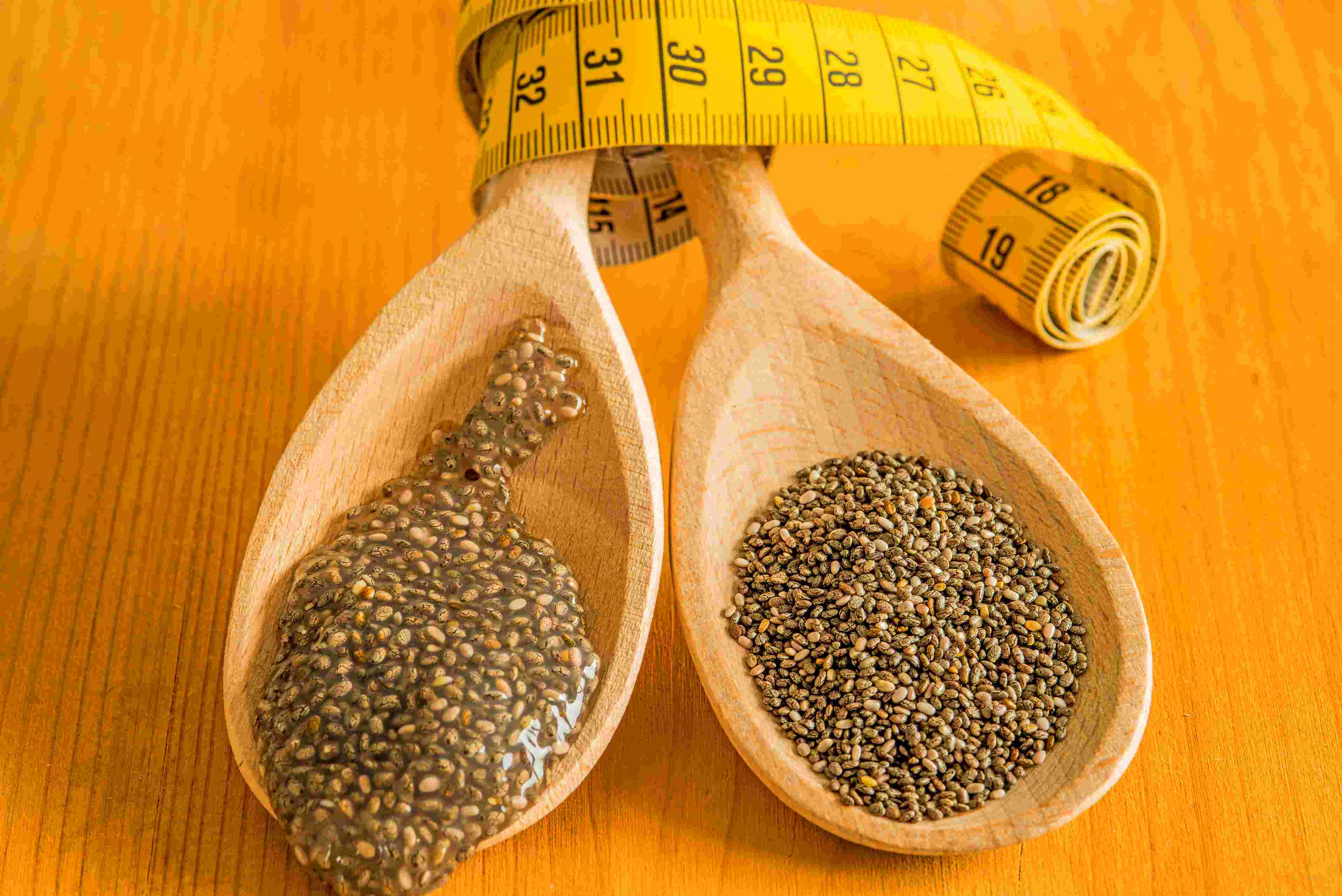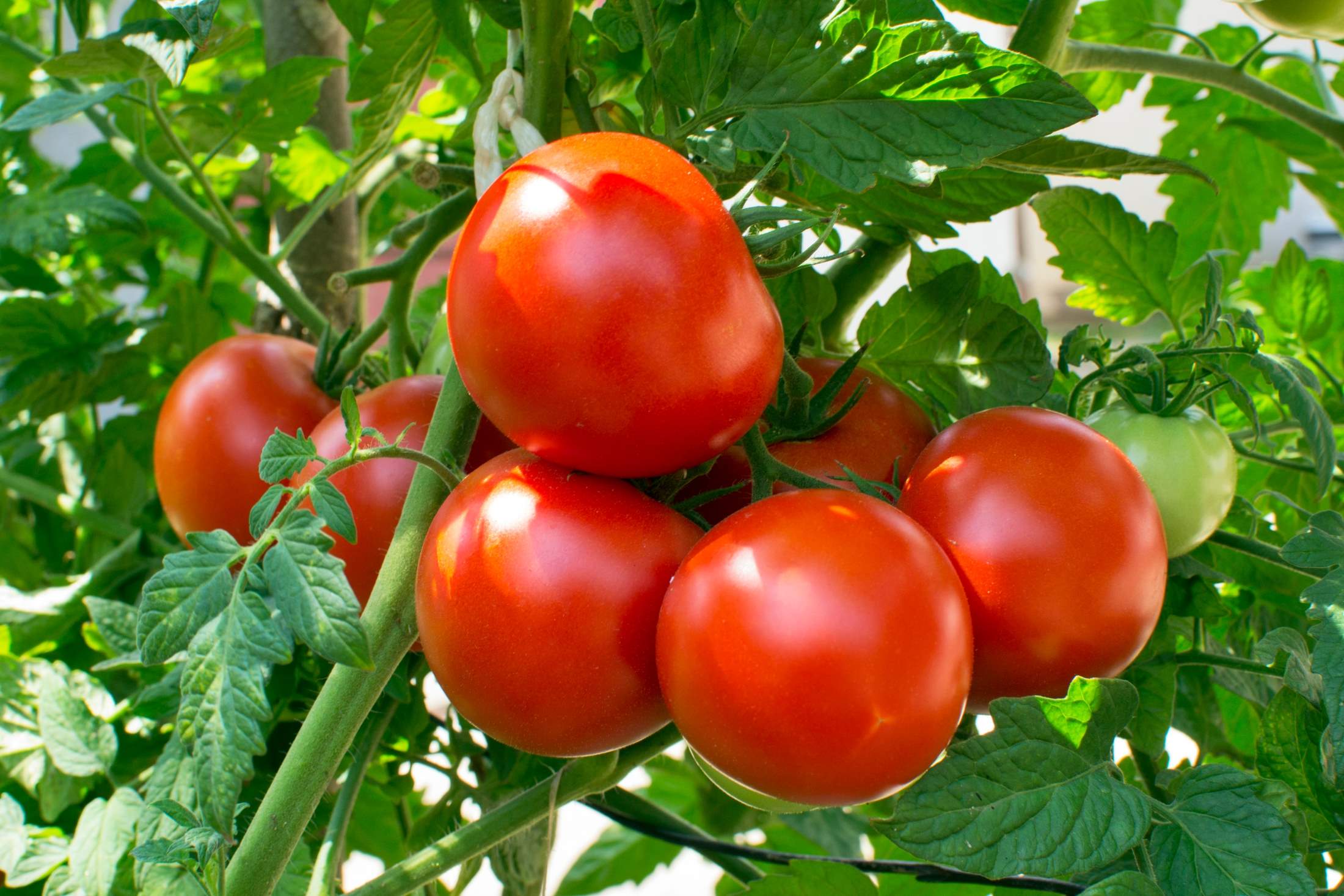Home>Gardening Basics>Getting Started>How Many Seeds To Plant Per Hole
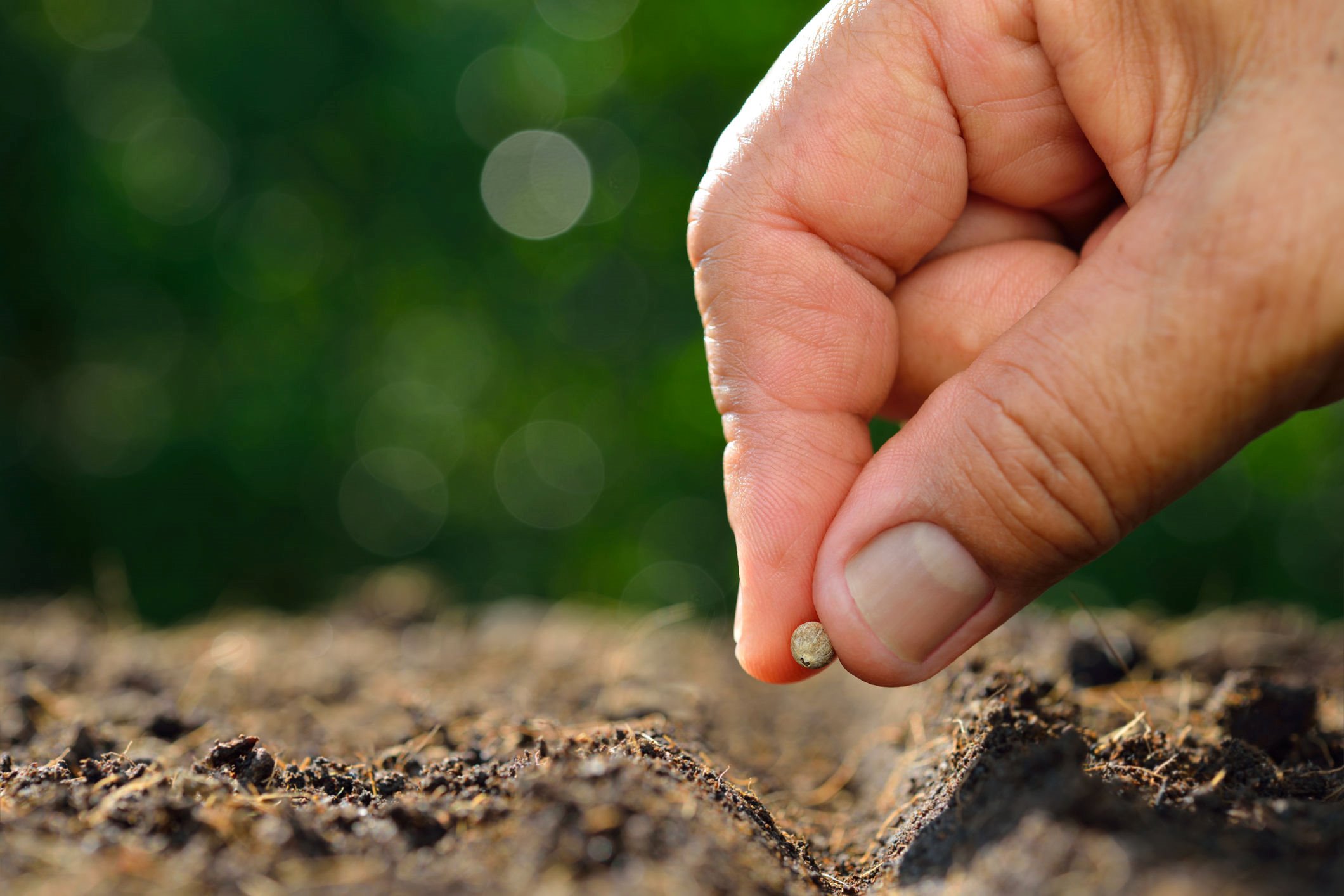

Getting Started
How Many Seeds To Plant Per Hole
Modified: January 22, 2024
Learn how to get started with planting seeds in your garden. Discover the optimal number of seeds to plant per hole for successful growth and yield.
(Many of the links in this article redirect to a specific reviewed product. Your purchase of these products through affiliate links helps to generate commission for Chicagolandgardening.com, at no extra cost. Learn more)
Table of Contents
Introduction
When it comes to planting seeds, one common question that often arises is how many seeds to plant per hole. The answer to this question varies depending on several factors, including the type of plant, seed size, and spacing recommendations. Making the right decision can have a significant impact on the growth and health of your plants.
Proper seed spacing is essential for ensuring optimal growth and maximizing the use of available space in your garden. Planting too many seeds in one hole can lead to overcrowding, competition for resources, and stunted growth. On the other hand, planting too few seeds might result in wasted space and reduced productivity.
In this article, we will explore the factors to consider when determining how many seeds to plant per hole and provide some general recommendations for different types of vegetables. By understanding these guidelines, you can make informed decisions when sowing your seeds and set the stage for a successful growing season.
Factors to consider when planting seeds
When deciding how many seeds to plant per hole, it’s important to take into account several key factors. By considering these factors, you can ensure that your plants have enough space to grow and thrive:
- Plant type: Different plants have varying growth habits and space requirements. Some plants, such as carrots or radishes, need more space between each seed, while others, like lettuce or spinach, can be planted closer together. Understanding the specific needs of each plant will help you determine the appropriate seed spacing.
- Seed size: The size of the seeds also plays a role in seed spacing. Larger seeds, such as corn or beans, need more space between each seed, as they require more room for their roots to develop. Conversely, smaller seeds, like lettuce or basil, can be planted more closely together.
- Spacing recommendations: Many seed packets provide spacing recommendations, either in terms of inches or the number of seeds per foot. These recommendations are typically based on the ideal spacing for optimal plant growth. Be sure to refer to the instructions on the seed packet for specific spacing guidelines.
- Soil fertility: The fertility of your soil can also influence seed spacing. If your soil is rich in nutrients, plants may require more space to access those nutrients. Conversely, if your soil is poor, you may need to provide closer spacing to ensure that plants have enough access to nutrients and water.
- Garden layout: Consider the overall layout of your garden and the available space. If you have limited space, you may need to plant seeds closer together to maximize productivity. However, if you have ample space, you can allow for more generous spacing between seeds.
By taking these factors into consideration, you can make more informed decisions regarding how many seeds to plant per hole. Keep in mind that these are general guidelines, and slight adjustments may be necessary based on your specific growing conditions and preferences. In the next section, we will explore the recommended seed spacing for different types of vegetables.
Recommended seed spacing
While there is no one-size-fits-all answer to how many seeds to plant per hole, there are general recommendations for seed spacing that can serve as a useful starting point. These recommendations are based on the average spacing requirements for each vegetable and can help you achieve optimal growth and yields. Here are some common vegetable types and their recommended seed spacing:
- Lettuce: Lettuce plants typically need about 6-8 inches of spacing between each seed. However, if you prefer smaller heads, you can plant them closer together.
- Tomatoes: Tomato seeds should be spaced about 3-4 feet apart. Tomatoes require ample space for their sprawling growth habit and to prevent the spread of diseases.
- Cucumbers: Cucumber seeds can be planted around 12 inches apart. This spacing allows the vines to spread out and prevents overcrowding.
- Carrots: Carrot seeds should be spaced approximately 2-3 inches apart. Thinning may be required as the carrots grow to ensure they have enough space to develop into full-sized roots.
- Radishes: Radish seeds can be planted closely together, with around 1 inch of spacing. You can grow several radishes in a small space, and the tight spacing helps prevent them from becoming too fibrous.
- Peppers: Pepper plants need about 18-24 inches of spacing between each seed. This spacing allows the plants to develop their full size and provides sufficient air circulation.
Remember, these are general recommendations, and specific varieties of each vegetable may have slightly different spacing requirements. Always refer to the seed package or consult a gardening resource for more accurate spacing information.
By following these recommended seed spacing guidelines, you can give your plants the space they need to grow healthy and thrive. In the next section, we will explore the pros and cons of planting multiple seeds in one hole.
Planting multiple seeds in one hole: pros and cons
Planting multiple seeds in one hole is a technique that some gardeners use to increase the chances of successful germination and maximize limited space. While it can have its benefits, there are also some drawbacks to consider. Here are the pros and cons of planting multiple seeds in one hole:
Pros:
- Increased germination rate: Planting multiple seeds in one hole can improve the chances of at least one seed germinating successfully. This is particularly useful for seeds that have low germination rates or for gardeners who struggle with seed germination challenges.
- Maximizing limited space: If you have limited space in your garden, planting multiple seeds in one hole can help you make the most of it. By consolidating multiple plants in a single hole, you can grow a greater variety of crops and increase your overall yield.
- Thinning made easier: When planting multiple seeds, you may intentionally sow more than necessary, anticipating that some seeds will not germinate. This can make thinning easier since you can simply remove the excess seedlings, allowing the remaining ones to have ample space to grow.
- Cost-effective: Planting multiple seeds in one hole can be more cost-effective, as it allows you to use fewer seed packets and save money in the long run.
Cons:
- Overcrowding: One of the main disadvantages of planting multiple seeds in one hole is the risk of overcrowding. When too many plants share limited space, they can compete for nutrients, water, and sunlight, leading to stunted growth and reduced yields.
- Increased disease and pest susceptibility: Crowded planting can create a favorable environment for the spread of diseases and pests. The lack of airflow and increased humidity among closely packed plants can promote the development and spread of fungal infections and attract pests.
- Difficulty in maintenance: Managing plants that are too closely spaced can be challenging. Tasks like watering, fertilizing, and harvesting may become more cumbersome and time-consuming when plants are densely packed together.
When considering whether to plant multiple seeds in one hole, it’s crucial to weigh the potential benefits against the potential downsides. Consider factors such as the type of plant, available space, and your overall gardening goals. It’s always a good idea to experiment in small quantities and observe the results before implementing this technique on a larger scale.
Now that you understand the pros and cons of planting multiple seeds in one hole, let’s explore how many seeds to plant per hole for different vegetables in the next section.
How many seeds to plant per hole for different vegetables
When it comes to determining how many seeds to plant per hole for different vegetables, it’s important to consider their specific characteristics and growth habits. Here are some guidelines for common vegetables:
- Lettuce: Planting one or two lettuce seeds per hole is typically sufficient. If you prefer smaller heads, you can plant additional seeds and then thin them as they grow.
- Tomatoes: It is recommended to plant only one tomato seedling per hole. Tomato plants need ample space for their extensive root systems and sprawling growth habit.
- Cucumbers: Plant one cucumber seed per hole, as they require space to spread out and produce healthy vines.
- Carrots: Carrots are small-rooted vegetables and can be planted several seeds per hole, spacing them about 2-3 inches apart. As they grow, thin the seedlings to ensure proper root development.
- Radishes: Radish seeds can be planted closely together, with about 1 inch of spacing. This allows for multiple radishes to grow in a small space and prevents them from becoming too large and fibrous.
- Peppers: It is recommended to plant one pepper seedling per hole, giving them enough space to develop fully and maximize yields.
Remember, these are general guidelines, and the specific variety of each vegetable may have slightly different spacing requirements. Always refer to the seed packet instructions or consult reliable gardening resources for more precise information.
Additionally, it’s important to consider factors such as soil fertility, available space, and plant health when deciding how many seeds to plant per hole. Regularly monitor the progress of your plants and make adjustments as needed to ensure optimal growth and yield.
Now that you have an understanding of how many seeds to plant per hole for different vegetables, let’s explore some tips for successful seed planting in the next section.
Tips for successful seed planting
Planting seeds is an exciting part of gardening, and following some essential tips can help ensure successful germination and healthy plant growth. Here are some valuable tips to keep in mind when planting seeds:
- Read and follow the instructions: Carefully read the seed packet instructions to understand the specific needs of the seeds you’re planting, including recommended spacing, planting depth, and any special requirements. Follow the instructions for the best chance of success.
- Prepare the soil: Before planting seeds, prepare the soil by removing any weeds, rocks, or debris and loosening it to allow for proper root development. Incorporate organic matter or compost to improve soil fertility and drainage.
- Plant at the right depth: Pay attention to the recommended planting depth for each type of seed. Planting too shallow may result in poor germination, while planting too deep can delay emergence or cause the seeds to rot.
- Provide adequate moisture: Keep the soil consistently moist during the germination period. Water gently to prevent displacing the seeds or creating compacted soil. Using a misting nozzle or watering can with fine holes can help provide a gentle spray of water.
- Protect from pests and diseases: Take measures to protect your seeds from pests and diseases. Implement physical barriers like row covers or use organic pest control methods to prevent damage from insects. Proper spacing and good air circulation can help reduce the risk of diseases.
- Thin out overcrowded seedlings: Once the seedlings have emerged and developed their first set of true leaves, thin them out if they are too crowded. This allows the remaining seedlings to have sufficient space, light, and resources for optimal growth.
- Provide adequate sunlight: Ensure that your seeds receive enough sunlight as most plants require direct sunlight for healthy growth. Place them in an area that receives at least 6-8 hours of direct sunlight per day, or consider using artificial grow lights for indoor seed starting.
- Maintain proper temperature: Monitor and maintain an appropriate temperature range for seed germination. Most seeds require a temperature range of 65-75°F (18-24°C) for optimal germination. Use a heating mat or maintain a warm environment to encourage successful germination.
- Keep a gardening journal: Keep track of your planting dates, seed varieties, and any observations or challenges you encounter. A gardening journal will help you learn from your experiences and make improvements for future planting seasons.
By following these tips, you can create favorable conditions for seed germination and ensure healthy plant growth. Remember that gardening is a learning process, and each season presents new opportunities for experimentation and improvement.
Now that you have a foundation of knowledge for successful seed planting, you’re ready to embark on your gardening journey with confidence!
Conclusion
Understanding how many seeds to plant per hole is a crucial aspect of successful gardening. By considering factors such as plant type, seed size, spacing recommendations, soil fertility, and garden layout, you can make informed decisions that will support healthy plant growth and maximize your garden’s productivity.
Recommended seed spacing can serve as a valuable starting point for determining the ideal number of seeds to plant per hole for different vegetables. However, it’s important to refer to specific seed packet instructions or consult reliable gardening resources for more precise spacing guidelines.
While planting multiple seeds in one hole can have its benefits, such as increased germination rate and maximizing limited space, it is essential to be aware of the potential drawbacks, such as overcrowding and increased disease susceptibility.
Following tips for successful seed planting, such as reading instructions, preparing the soil, proper watering, pest and disease management, thinning, providing adequate sunlight and temperature, and keeping a gardening journal, will help set the stage for successful seed germination and healthy plant growth.
Remember that gardening is a continuous learning process, and each season provides an opportunity to refine your techniques and adapt to the specific needs of your plants. So, don’t be afraid to experiment, observe, and adjust your approach as you gain experience.
Armed with the knowledge and tips provided in this article, you’re well-equipped to make informed decisions about how many seeds to plant per hole and set the foundation for a bountiful and thriving garden. Happy planting!
